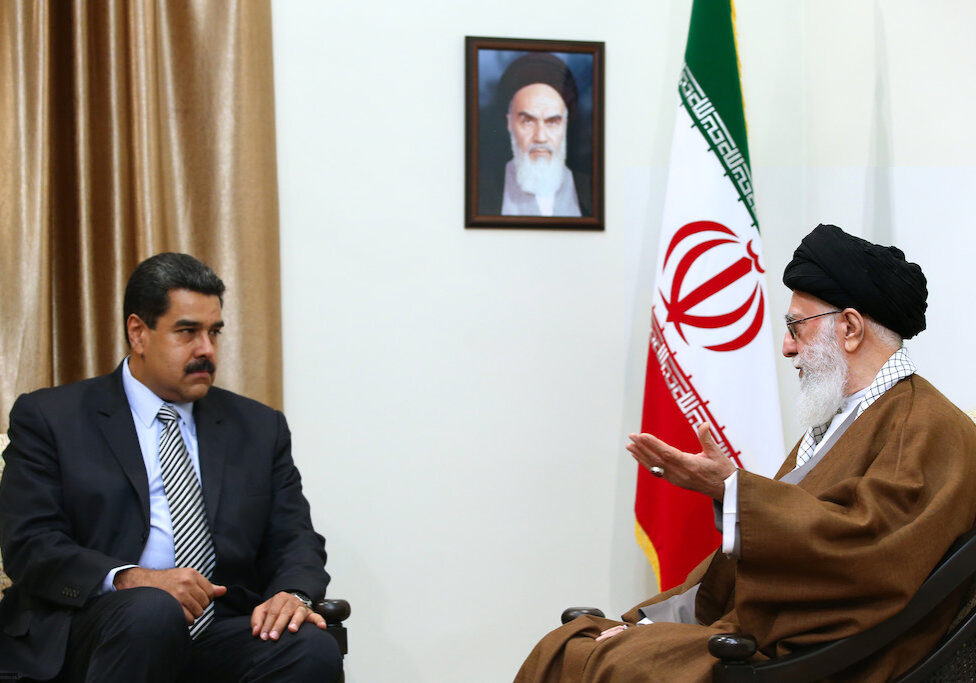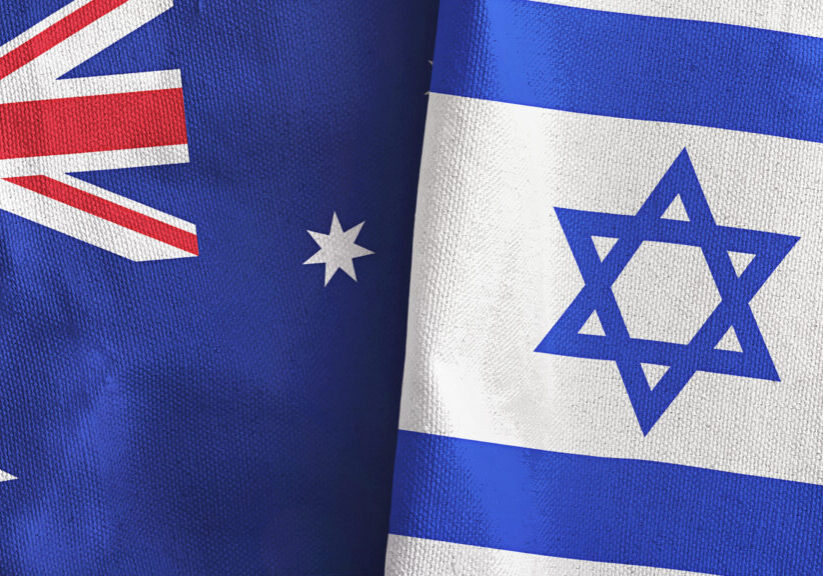Australia/Israel Review
Behind the News – July 2018
Jul 5, 2018 | AIJAC staff

TERROR AND ROCKET REPORT
The violent “March of Return” campaign along the Gaza border over the last month resulted in several more Palestinian deaths, most of whom were Hamas operatives. Attempts were made to attack IDF soldiers with gunfire and by throwing explosive devices.
Between May 29 and June 3, the Iran-funded Palestinian Islamic Jihad, and other Gaza terror groups fired around 215 rockets and mortar shells towards Israel, injuring five Israelis. In response, the IDF attacked dozens of targets inside Gaza, including an underwater Hamas terror tunnel (June 3) located three kilometres south of Israel’s border. The small tunnel was used by Hamas’ naval commandos to enter the sea without being observed.
Several more rockets were later fired towards Israel from Gaza on June 18 and 20, and on the night of June 19, a major escalation saw 45 rockets fired at Israel.
On May 24, Israeli soldier Ronen Lubarsky was struck on the head by a marble slab and killed during counter-terrorism activity near Ramallah.
West Bank Palestinians continued laying explosive devices and throwing stones and Molotov cocktails at the Israeli security forces and civilian targets, while there was at least one stabbing.
HAMAS’ KITE OFFENSIVE
As part of the “March of Return”, Gaza Palestinians have been using incendiary devices tied to kites and balloons to set fire to large tracts of Israeli land. The Israeli firefighting service estimated on June 14 that the incendiaries had set a total of 412 fires over the previous 75 days.
During recent weeks, at least 600 of these kites have been flown into Israel, with wheat fields near the Gaza border heavily damaged by the fires. As of June 20, at least 3,000 acres of agricultural fields and woodlands had been burned as a result of the kites, with damage estimated to be more than A$2 million.
FORMER ISRAELI MINISTER ARRESTED FOR SPYING FOR IRAN
Israel’s Shin Bet security service revealed on June 18 that Gonen Segev, minister for energy in Israel’s government from 1995 to 1996, had been extradited from Equatorial Guinea to Israel to face charges of spying for Iran.
After leaving politics, Segev was imprisoned for drug smuggling. He settled in Nigeria in 2006 and allegedly initiated engagement with Iranian intelligence officials in 2012. Segev allegedly told the Iranians about Israel’s energy sector and various sensitive locations in Israel, and travelled to Iran twice to meet with his handlers. The damage caused to Israel’s security by Segev is reportedly being assessed as small by intelligence agencies.
PROTESTS IN THE WEST BANK AND JORDAN
Large protests took place in Ramallah starting June 10, with protesters demanding that Palestinian Authority (PA) President Mahmoud Abbas lift harsh sanctions against Gaza, which he imposed to pressure Hamas into ceding control of the strip to the PA. The PA responded by banning protests, citing the upcoming Eid al-Fitr celebration marking the end of Ramadan on the night of June 14. When protest organisers defied the ban, the PA dispersed hundreds of protesters using riot control measures and plain clothed security officers, who severely beat and arbitrarily detained scores, including foreign journalists and an Amnesty International monitor.
Also in June, Jordan experienced a massive wave of protests over a new tax law and other austerity measures mandated by the conditions of an International Monetary Fund loan. Protests continued even after King Abdullah II replaced the Prime Minister, Hani al-Mulki, with a former World Bank economist, Omar al-Razzaz, along with much of the cabinet.
RUSSIA-ISRAEL DEAL ON IRANIAN WITHDRAWAL FROM SYRIA
Russia and Israel reportedly struck a deal in early June that would see the withdrawal of Iranian-affiliated forces from Israel’s northern border, initially from within 20 kilometres of the border and eventually up to 70 km, in exchange for Israel not interfering with the Assad regime’s efforts to reconquer the southern Syrian provinces of Daraa and Quneitra.
The deal would allow Israel to continue to hit Iranian targets in Syria and potentially see the deployment of Russian military police along the border. Israel had reportedly provided Russia with a list of “red lines” it would not tolerate, including the delivery of rockets to Iranian-backed militias and the presence of rocket-producing factories or permanent Iranian military bases anywhere in Syria.
Early reports suggested Hezbollah and Iran had indeed withdrawn from the border area. However, Syrian rebels have claimed that Iranian militias, including Hezbollah, have been feigning withdrawals and returning disguised in Syrian military uniforms, the Wall Street Journal reported.
IRAN RESUMES NUCLEAR ACTIVITIES
Behrouz Kamalvandi, spokesman for Iran’s Atomic Energy Organisation (AEOI), warned on May 27 that Teheran can produce highly enriched uranium within “two to three days”.
On June 5, Iran informed the International Atomic Energy Agency (IAEA) that it would increase its nuclear enrichment capacity and renew enrichment related activities. The following day, Iran opened a new facility at Natanz where uranium-enriching centrifuges are to be developed, with production to begin within a month. Ali Akbar Salehi, the head of AEOI, claimed that this is not a breach of the JCPOA nuclear deal since construction of the plant began before the agreement was signed.
On May 24, a German intelligence agency confirmed that Iran continues its clandestine attempts to acquire German technology for the development of weapons of mass destruction and its missile program, seeking German software, sophisticated vacuum and control engineering technologies, measurement devices and other advanced equipment.
HEZBOLLAH TRAINING HAMAS FIGHTERS IN LEBANON
According to Lebanese daily Al Joumhouria, Israel provided the United Nations with evidence that the Lebanese terror group Hezbollah is working with Hamas to establish missile factories for Hamas in Lebanon, as well as training facilities overseen by senior Hezbollah members for thousands of Palestinian fighters. It also claimed that Israel alleged the cooperation was a “blatant violation” of UN Security Council Resolution 1701, which ended the 2006 Lebanon War, and demanded UN action to stop it. The Israeli Foreign Ministry has confirmed the report.
UK TO BAN ALL OF HEZBOLLAH?
While UK Home Secretary Sajid Javid has yet to confirm the news, there were reports in mid-June that the UK is preparing to ban Hezbollah in its entirety.
Currently, Britain bans only Hezbollah’s military wing, but following the flying of yellow Hezbollah flags at an al-Quds Day rally in London on June 10, there were public calls for a more comprehensive ban on the Lebanese-based, Iranian-backed terrorist organisation.
London Mayor Saddiq Khan led the calls, telling the media, after having written to Javid, “What is astonishing is there are people using a loophole in the law to fly a flag of an organisation that’s been proscribed.”
According to London’s Jewish Chronicle, a senior Conservative Party source said Javid had decided the terror group was to be fully proscribed later this year.
SETTLEMENT HOUSING STARTS LOWEST SINCE 2011
Housing starts in Israel’s West Bank settlements in the first quarter of 2018 were at their lowest levels since the final quarter of 2011, with ground broken on only 250 units.
UN Special Coordinator for the Middle East Peace Process Nickolay Mladenov told the UN Security Council on June 19 that current construction “was significantly lower than the average monthly rate during 2017 [410] and 2016 [766].”
Tags: Iran, Israel, Palestinians, Syria






